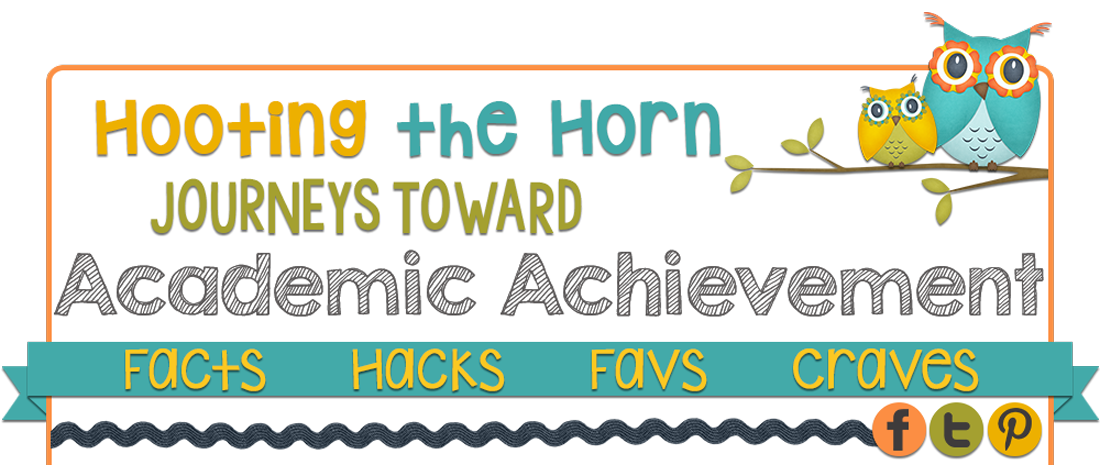 I live for classroom hacks! I enjoy discovering new ways to deliver math instruction. Recently, I found a fantastic package of watermelon plates at Wal-mart. I was attracted to the seeds in the middle of each plate. The seeds are great for counting in primary grades, but kids can also use them for lessons highlighting the importance of multiplying and dividing.
I live for classroom hacks! I enjoy discovering new ways to deliver math instruction. Recently, I found a fantastic package of watermelon plates at Wal-mart. I was attracted to the seeds in the middle of each plate. The seeds are great for counting in primary grades, but kids can also use them for lessons highlighting the importance of multiplying and dividing.Items Needed:
Watermelon plates
Counting Cards
Sharpies
Paper or Journal
Pencil
The Hook:
How can watermelons help us learn about multiplication and division?
After passing out plates to students, tell them you need to know how many seeds are "in the watermelons." Next, ask students "How can we find the total number of seeds?" Students can answer this question in journals or discuss possible responses with partners, small groups, or in a whole group format. Based on responses, extend the conversation by asking them to choose the fastest method.
Watermelon Work:
Distribute "counting cards." The cards should indicate the number of seeds students should group together. For example: "Circle groups of 3 seeds." Another option is the "A, B, C, D, E." Assign students groups based on the letter they call in a whole group format,
After students group seeds, ask them how the groupings can help them count faster. Students should be able to respond that they can count the number of groups and multiply by the number of seeds in each group. There may be seeds left over. Students can add the remaining seeds to the product. Make sure students write the multiplication expressions in their journals or worksheets. Extend this part of the lesson by allowing students to discuss how and why different groupings resulted in various multiplication expressions.
Wide Divide:
After students determine the number of watermelon seeds on each plate, discuss how the groupings also represent the inverse of multiplication (division). First, ask students how the groupings model division. Seek input and responses from students. The goal: students realize that the total number of seeds divided by the number of seeds in each group results in the quotient (the number of groupings created with a possible remainder).
Beyond the Plates:
Watermelon is healthy, nutritious, and TASTY! If possible, offer watermelon cubes or slices to bring a little bit of the "real-world" into this delicious summer math lesson.
Happy Hacking!



No comments: